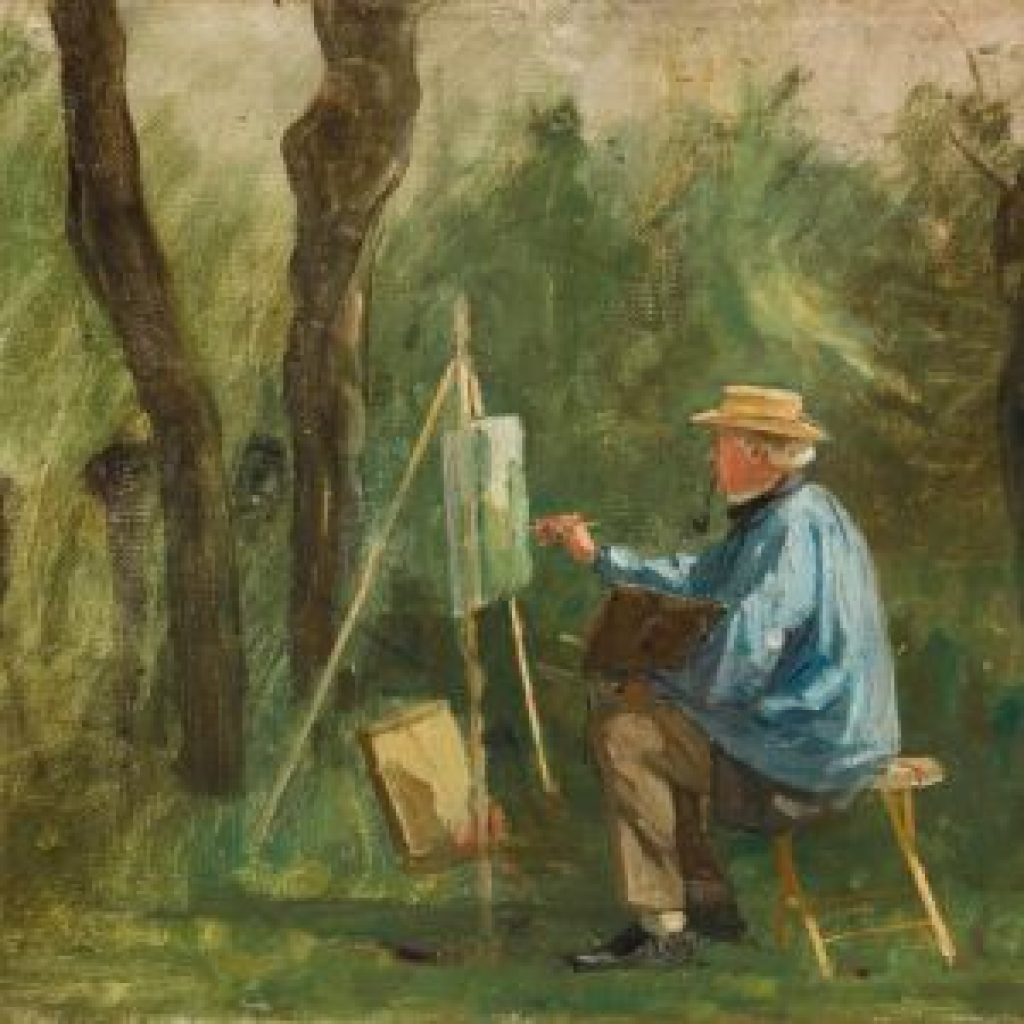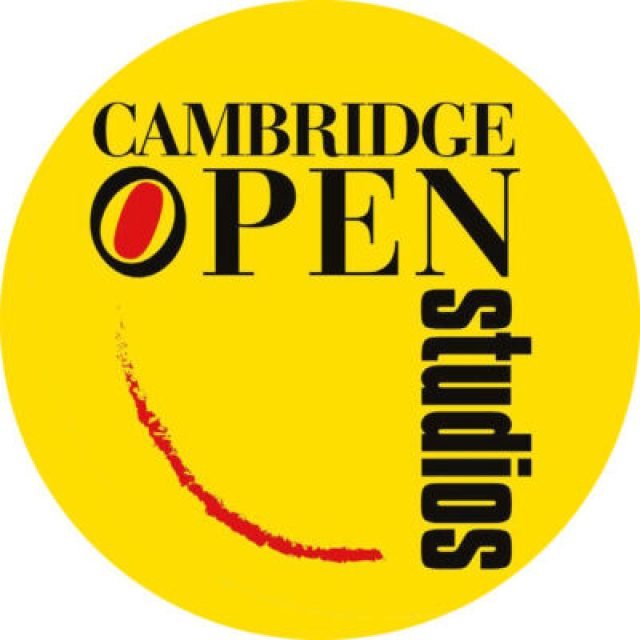An integral part of art education in the late 18th and early 19th centuries, open-air painting was a core practice for emerging artists in Europe. Intrepid painters such as Camille Corot, John Constable, Simon Denis, Jules Coignet, and André Giroux—highly skilled at capturing effects of light and atmosphere—either studied landscapes that were close to their homes, and their hearts or made arduous journeys to paint breathtaking sites ‘in the field’, from the Baltic coast and Swiss Alps to the ruins of Rome. Drawing on new scholarship, this exhibition of some 100 oil sketches made across Europe explores the variety of inventive ways in which artists recorded fleeting moments in nature, experienced at first-hand. Crucially, the display will highlight developments in natural sciences during the period, from mineralogy and dendrology to meteorology and volcanology, each seeking, like the painters in the exhibition, to reveal ‘truths’ about the world we inhabit.
Image: Eugène Decan, Corot à son chevalet (Corot at his easel), Crècy-en-Brie © The Fitzwilliam Museum, Cambridge




